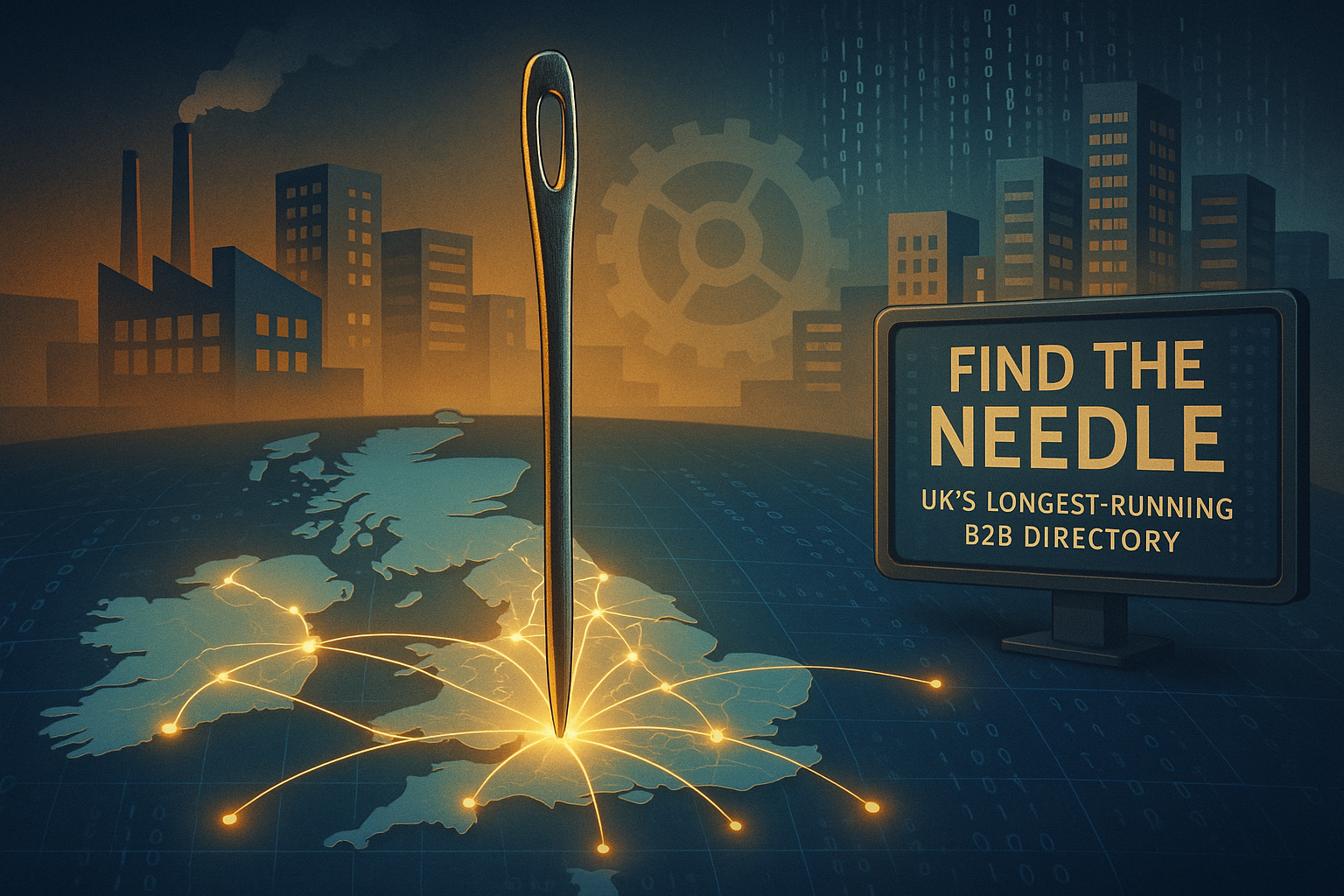The Modern Marvels of Military Drone Technology
- 08 May 2024
- Articles
You've probably heard about tactical drone from Height Technologies on the news or maybe even seen some of the bizarre footage they've captured. But what exactly are these unmanned aerial vehicles and why have they become such a critical tool for armed forces around the world? Let's take a look, shall we?
Breaking It Down: What is a Drone?
Okay, let's start with the basics. A drone is basically an aircraft that doesn't have an on-board human pilot. Instead, it's either remotely controlled by a operator on the ground or it can fly autonomously based on pre-programmed flight plans and GPS coordinates.
Now, don't get confused and think that all military drones are these big ol' fighter jet looking things (even though some definitely are). They actually come in a super wide range of shapes and sizes - from larger than a commercial airliner all the way down to tiny ones that an individual soldier can literally carry around in a backpack. Crazy, right?
The Key Benefits of Unmanned Aviation
You might be wondering - why even bother with drones when you could just send up a regular old plane or helicopter with a human pilot? Well, as awesome as Top Gun was, drones offer some pretty nifty advantages.
For starters, not having an actual person on board means you can send these robot aircraft into extremely high-risk areas and environments that would be wayyy too dangerous for a pilot. Like, imagine trying to do surveillance behind enemy lines or monitoring an area with biological/chemical weapons - definitely not something you'd want to put a human through if you don't have to.
Drones can also stay up in the air for unbelievably long periods of time compared to traditional aircraft. Some of the larger ones can fly nonstop for 2-3 days straight just doing recon and surveillance. Let's see a human pilot pull off a mission like that without a bathroom break!
On top of all that, modern military drones are relatively inexpensive compared to fighter jets or other manned aircraft. And many of the smaller ones are practically silent when flying at higher altitudes, making them ideal for covert operations where you really don't want to be detected.
The Diverse Family of Military Drones
Just like there's no one-size-fits-all for manned aircraft, military forces around the world have embraced a variety of different drones to handle all sorts of missions and roles. A few examples:
The RQ-4 Global
Hawk is one of the big boys - a high-altitude, long-endurance drone that can surveil a territory for over 30 hours straight from up to 60,000 feet in the air. They've basically turned this thing into an eye-in-the-sky to monitor an entire region.
Then you've got armed drones like the MQ-9 Reaper that can actually fire missiles or drop laser-guided bombs on enemy targets and installations. They're like the offensive player drones that go in for the strike after the recon ones have scouted everything out.
For ground troops, there are tiny portable drones like the RQ-11 Raven that are small enough to fit in a backpack. Soldiers can launch these to sneak a peek at what's over the next hill or compound without exposing themselves to enemy fire. Definitely a heck of a lot safer than the old-fashioned approach of sticking your head out and looking around!
Those are just a few examples, but you get the gist - military drones now come in all shapes and sizes to handle everything from intelligence gathering to ground strikes. They've legitimately revolutionized modern warfare and don't show any signs of going away anytime soon.
Whether you think drones are incredible examples of human innovation or a troubling new way to wage war, there's no denying their huge strategic impact. As wild and almost comical as some of these unmanned vehicles may look, they're a sobering glimpse at how rapidly military technology continues advancing. Makes you wonder what's next, ya know?








